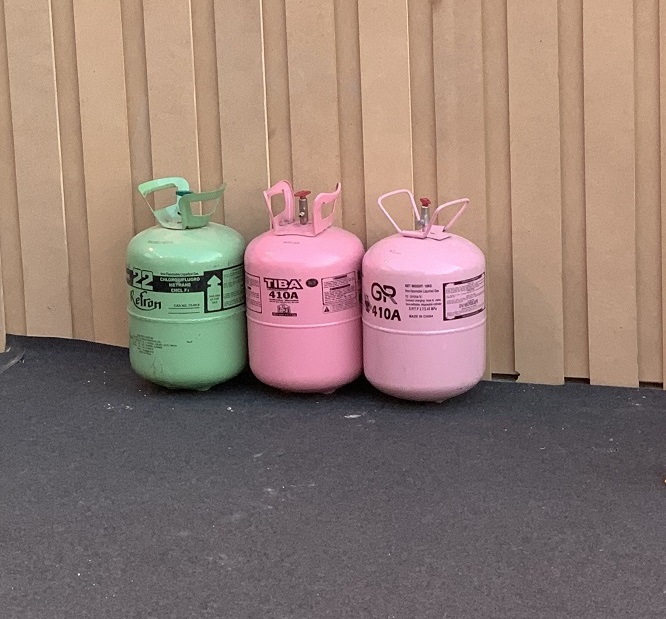Moving forward
Although its ozone depleting potential was first recognised more than 40 years ago N2O is not controlled under the Montreal Protocol, and it has received only limited attention in the Nationally Determined Contributions (NDCs) of UNFCCC member states.
Increasingly, however, the interconnectedness of environmental challenges linked to the nitrogen cycle has been recognised. In 2019 the first-ever UN Resolution on Sustainable Nitrogen Management was adopted by the UN Environment Assembly (UNEA), followed by a second in 2022. On the recommendation of these resolutions, a UNEP Nitrogen Working Group was established, tasked with facilitating cooperation between states on nitrogen policies, and providing them with guidance and support in drafting National Action Plans (NAPs) for addressing nitrogen pollution.
Technologies and practices that can mitigate N2O emissions exist across all sectors, and in particular, the technologies for tackling emissions from transport, energy and chemical production are already proven and well-established. When deployed properly and at scale, these highly effective technologies have the potential to mitigate more than 80 per cent of our current N2O emissions in these sectors.
EIA believes that the Montreal Protocol has an important role to play in tackling emissions of N2O, primarily by focussing on emissions from chemical industrial sources. By agreeing a pathway to secure action on industrial N2O emissions, the Montreal Protocol could take the first meaningful steps towards reducing emissions of this climate-damaging, ozone-depleting substance.





